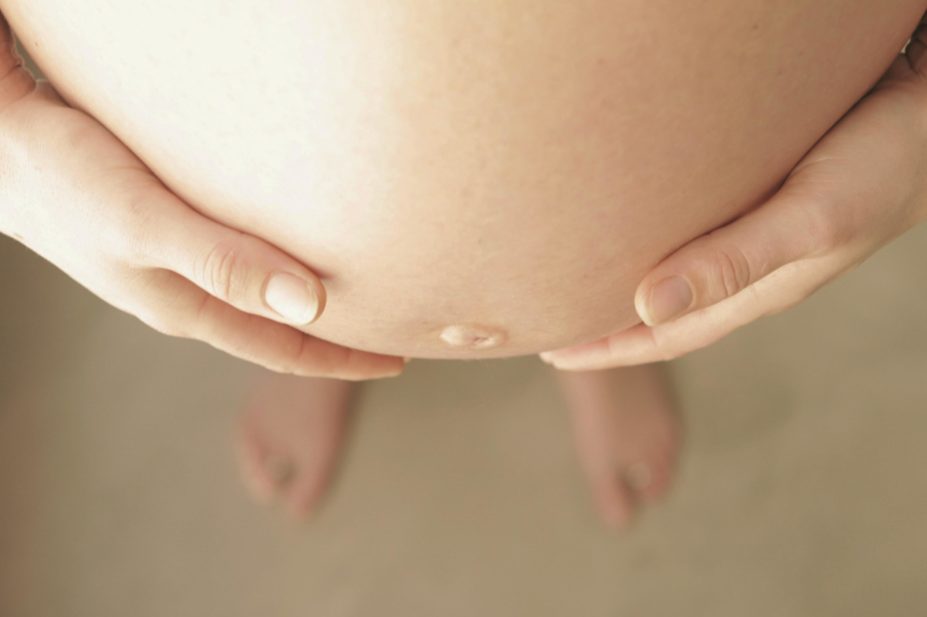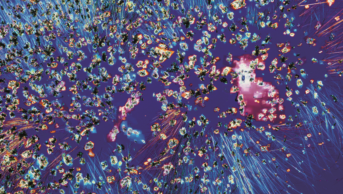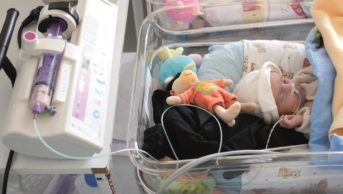
Shutterstock.com
Paracetamol and non-steroidal anti-inflammatories (NSAIDs) are commonly used by women during pregnancy, but recent studies[1]
have suggested it could impact hormone production in the foetus.
So researchers from the Queen’s Medical Research Institute at the University of Edinburgh exposed pregnant rats to either the NSAID indomethacin (over four days) or paracetamol (over nine days).
The team concluded that female offspring had fewer germ cells at the end of gestation and, in adulthood, had lower ovary weight and reduced litter sizes of their own, compared with controls. There was also evidence for disturbed ovarian function in the next generation of females (grand daughters).
The researchers say that it is unclear how the findings relate to humans but advise that pregnant women observe current guidelines recommending analgesic use be reserved to the shortest time and the lowest dose possible.
- This article was amended on 3 March 2016 to add a reference.
References
[1] Dean A, van den Driesche S, Wang Y et al. Analgesic exposure in pregnant rats affects fetal germ cell development with inter-generational reproductive consequences. Scientific Reports 2016; 6: 19789. doi: 10.1038/srep19789


